These versatile and mouthwatering noodles are used in a wide range of dishes, making them a favorite among both home cooks and professional chefs. In this article, we will delve into the fascinating world of yellow noodles, exploring their origins, nutritional value, and the diverse ways they can be prepared. 1. Origins and Varieties: Yellow noodles, also known as egg noodles or Chinese noodles, have a rich history that dates back centuries. Originating in China, these noodles have spread across various Asian countries, including Malaysia, Singapore, Thailand, and Indonesia, where they have become an integral part of their gastronomy. With regional variations in thickness and texture, yellow noodles are available in different sizes – from fine to broad – to cater to diverse culinary preferences.

.
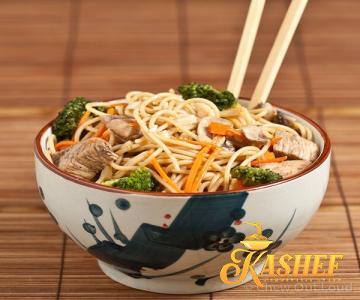 2. Nutritional Benefits: Beyond their delectable taste, yellow noodles also offer nutritional benefits. Made from wheat flour or a combination of wheat and egg, these noodles are a good source of carbohydrates, providing energy to fuel the body. They also contain essential vitamins and minerals, including B vitamins, iron, and selenium, contributing to overall well-being. Additionally, being low in fat, yellow noodles can be a healthy choice when consumed in moderation. 3. Versatile Culinary Applications: Yellow noodles possess the remarkable ability to adapt to a wide range of flavors, making them incredibly versatile. They can be stir-fried, boiled, added to soups, or served cold in salads. When stir-fried, the noodles absorb the flavors of various sauces, spices, and vegetables, creating an explosion of taste and textures. Moreover, yellow noodles can be used in both vegetarian and non-vegetarian preparations, adding substance to dishes and enhancing their visual appeal.
2. Nutritional Benefits: Beyond their delectable taste, yellow noodles also offer nutritional benefits. Made from wheat flour or a combination of wheat and egg, these noodles are a good source of carbohydrates, providing energy to fuel the body. They also contain essential vitamins and minerals, including B vitamins, iron, and selenium, contributing to overall well-being. Additionally, being low in fat, yellow noodles can be a healthy choice when consumed in moderation. 3. Versatile Culinary Applications: Yellow noodles possess the remarkable ability to adapt to a wide range of flavors, making them incredibly versatile. They can be stir-fried, boiled, added to soups, or served cold in salads. When stir-fried, the noodles absorb the flavors of various sauces, spices, and vegetables, creating an explosion of taste and textures. Moreover, yellow noodles can be used in both vegetarian and non-vegetarian preparations, adding substance to dishes and enhancing their visual appeal.
..
 4. Popular Yellow Noodle Dishes: a) Hokkien Mee: This dish, popular in Malaysia and Singapore, features thick yellow noodles stir-fried with fragrant garlic, prawns, squid, and a variety of vegetables. It is typically seasoned with dark soy sauce, creating a robust and savory flavor profile. b) Pad Thai: A staple of Thai cuisine, Pad Thai showcases yellow noodles stir-fried with tofu, shrimp, bean sprouts, and crushed peanuts. The combination of sweet, tangy, and spicy flavors makes it an irresistible and satisfying dish. c) Chicken Chow Mein: Originating from Chinese cuisine, chicken chow mein features thin yellow noodles stir-fried with chicken, assorted vegetables, and a savory sauce. Its simplicity and flavors have made it a popular choice in Westernized Chinese restaurants globally.
4. Popular Yellow Noodle Dishes: a) Hokkien Mee: This dish, popular in Malaysia and Singapore, features thick yellow noodles stir-fried with fragrant garlic, prawns, squid, and a variety of vegetables. It is typically seasoned with dark soy sauce, creating a robust and savory flavor profile. b) Pad Thai: A staple of Thai cuisine, Pad Thai showcases yellow noodles stir-fried with tofu, shrimp, bean sprouts, and crushed peanuts. The combination of sweet, tangy, and spicy flavors makes it an irresistible and satisfying dish. c) Chicken Chow Mein: Originating from Chinese cuisine, chicken chow mein features thin yellow noodles stir-fried with chicken, assorted vegetables, and a savory sauce. Its simplicity and flavors have made it a popular choice in Westernized Chinese restaurants globally.
…
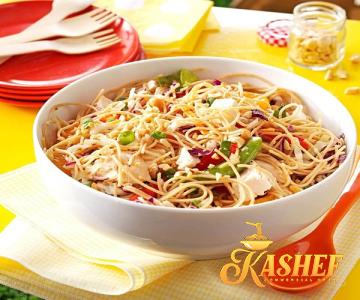 5. Yellow Noodles in International Cuisine: Yellow noodles have seamlessly blended into various international cuisines, transcending boundaries. They are used in Italian pasta dishes, such as noodle soups or pasta salads, where their distinctive texture adds a unique twist to traditional recipes. Additionally, in fusion cuisine, yellow noodles are often incorporated into innovative dishes, offering a fusion of flavors that appeals to adventurous palates. Conclusion: Yellow noodles have come a long way from their humble origins in China to being a beloved ingredient in countless kitchens worldwide. Their versatility, nutritional benefits, and ability to complement a plethora of flavors make them a true culinary gem. So, whether you’re a passionate home chef or a restaurant owner looking to diversify your menu, embracing the wonders of yellow noodles is a decision that’s sure to delight taste buds and leave your patrons craving for more.
5. Yellow Noodles in International Cuisine: Yellow noodles have seamlessly blended into various international cuisines, transcending boundaries. They are used in Italian pasta dishes, such as noodle soups or pasta salads, where their distinctive texture adds a unique twist to traditional recipes. Additionally, in fusion cuisine, yellow noodles are often incorporated into innovative dishes, offering a fusion of flavors that appeals to adventurous palates. Conclusion: Yellow noodles have come a long way from their humble origins in China to being a beloved ingredient in countless kitchens worldwide. Their versatility, nutritional benefits, and ability to complement a plethora of flavors make them a true culinary gem. So, whether you’re a passionate home chef or a restaurant owner looking to diversify your menu, embracing the wonders of yellow noodles is a decision that’s sure to delight taste buds and leave your patrons craving for more.
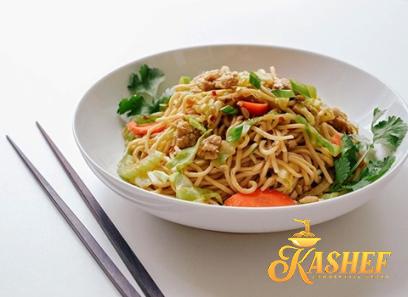
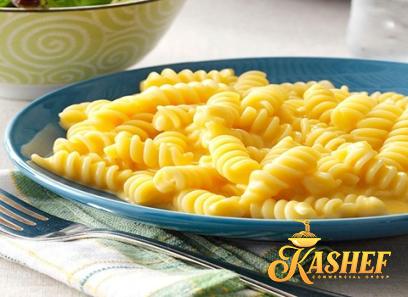

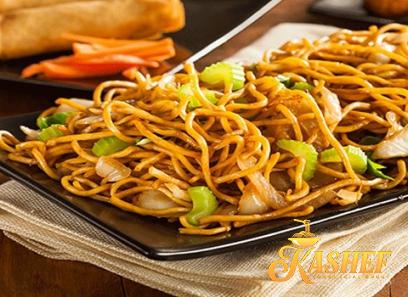
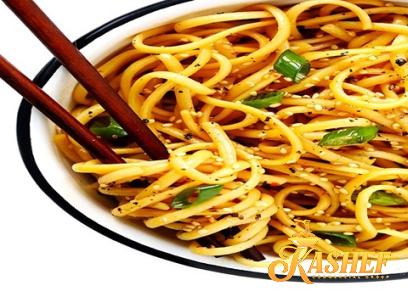
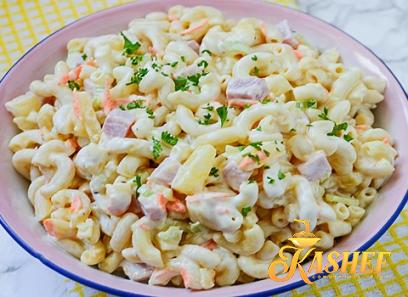


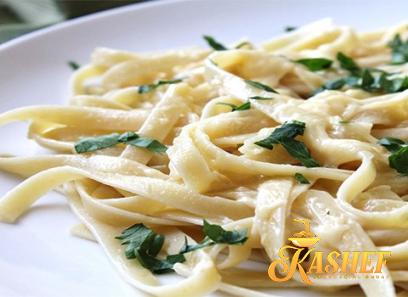

Your comment submitted.